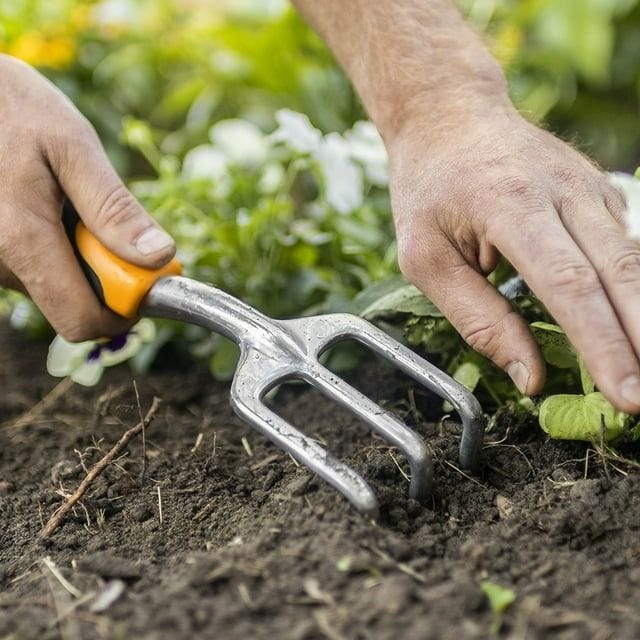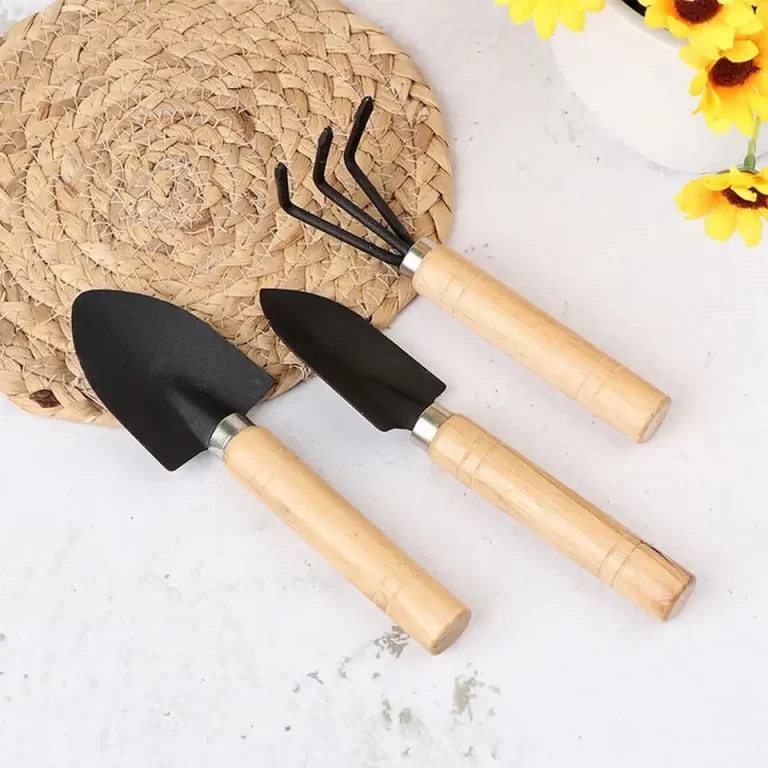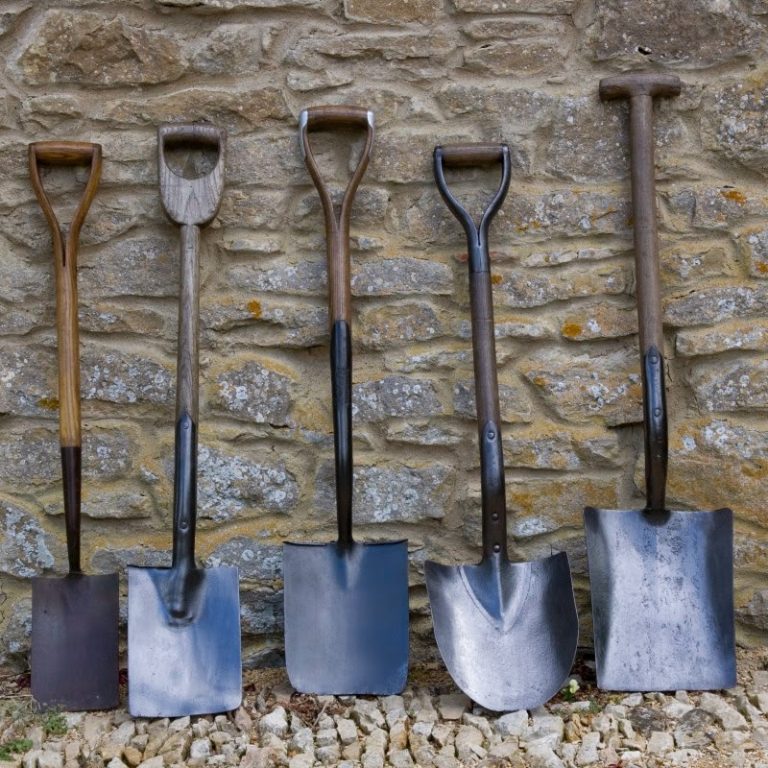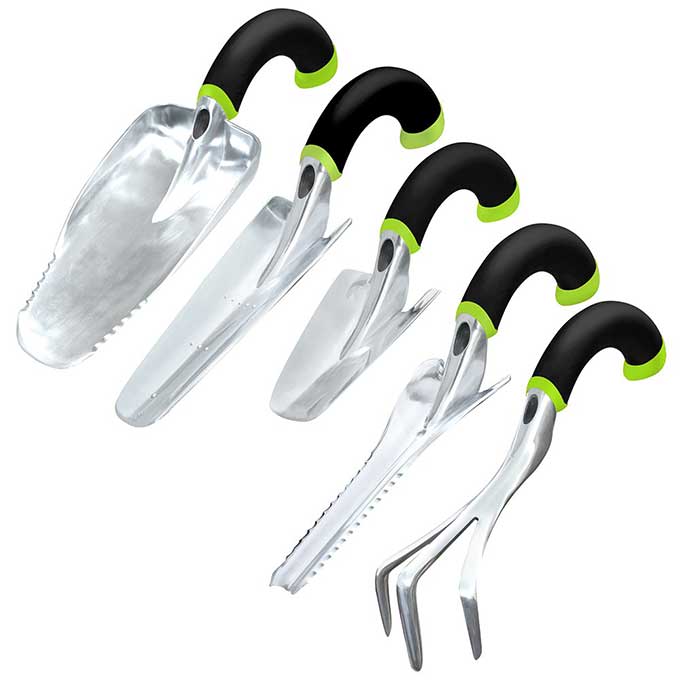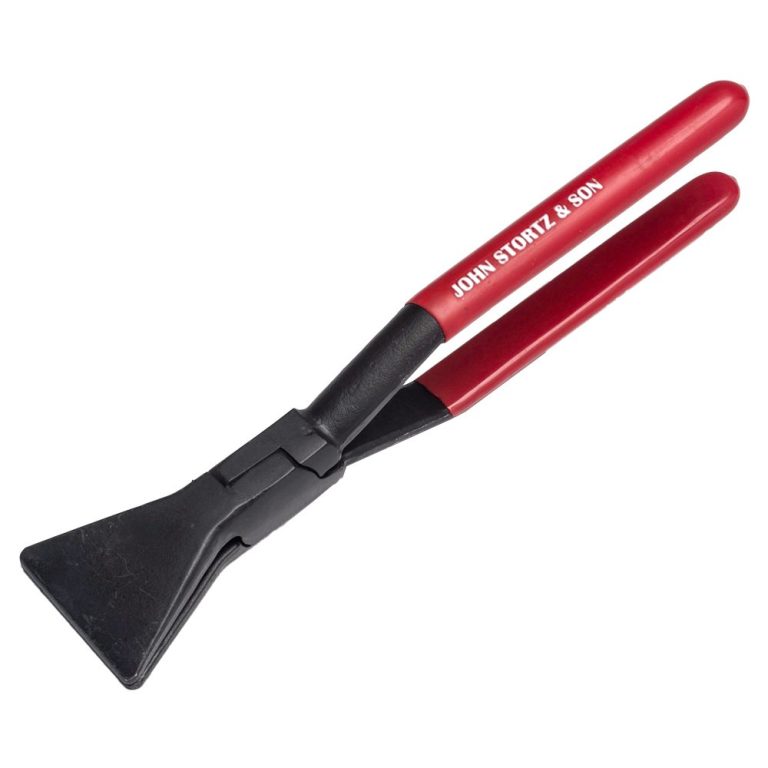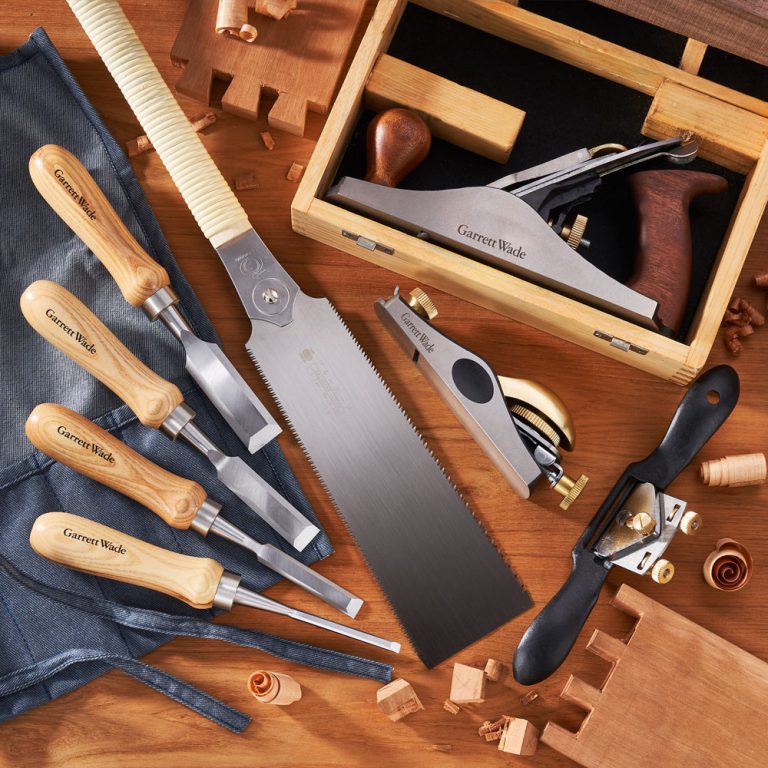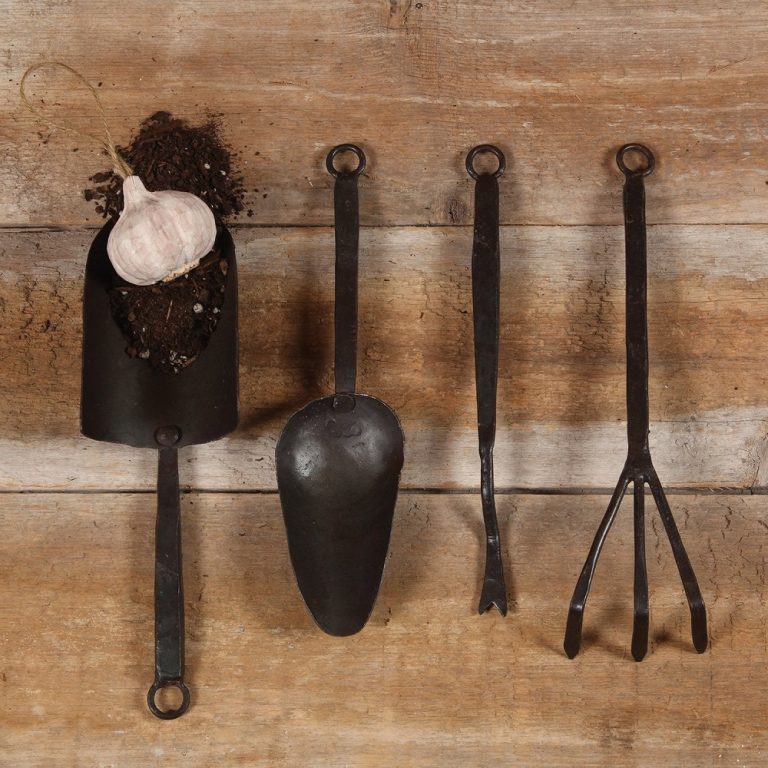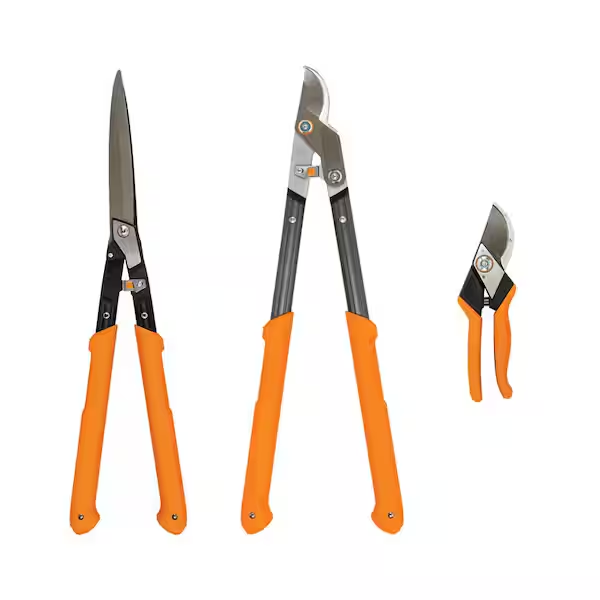Gardening is a fulfilling and rewarding hobby that connects us with nature. Whether you’re planting flowers, growing vegetables, or maintaining a lush landscape, the right tools can significantly impact your experience. The variety of gardening tools available can be overwhelming. Understanding which tools are essential can help you create a productive and enjoyable gardening experience. This guide explores various garden tools, their uses, and tips for selecting the right tools for your gardening needs.
Understanding Essential Garden Tools
Types of Garden Tools
Garden tools can be categorized into several types, each serving a specific function. Hand tools are typically small and designed for tasks that require precision. Common hand tools include trowels, pruners, and weeders. These tools are essential for planting, digging, and maintaining plants. They are easy to use and allow for detailed work in smaller areas of the garden.
Larger tools, on the other hand, are designed for more substantial tasks. These may include shovels, rakes, and hoes. These tools often require more strength and are used for digging, turning soil, and preparing larger areas for planting. Understanding the types of tools required for various gardening tasks is the first step toward creating an efficient gardening setup.
Importance of Quality
The quality of garden tools can greatly influence their effectiveness and durability. Investing in high-quality tools may require a larger upfront payment but can save money over time. Cheaper tools often break or wear out quickly, leading to the need for replacements. High-quality tools, on the other hand, can last for many years and perform better during use. Look for tools made from durable materials, such as stainless steel for blades and solid wood or fiberglass for handles.
Using quality tools also enhances the garden experience. Ergonomically designed tools reduce strain on the hands and back, making gardening less tiring. Features such as nonslip grips or adjustable handles can improve comfort during use. Investing in the right quality tools ultimately contributes to a more pleasurable gardening experience.
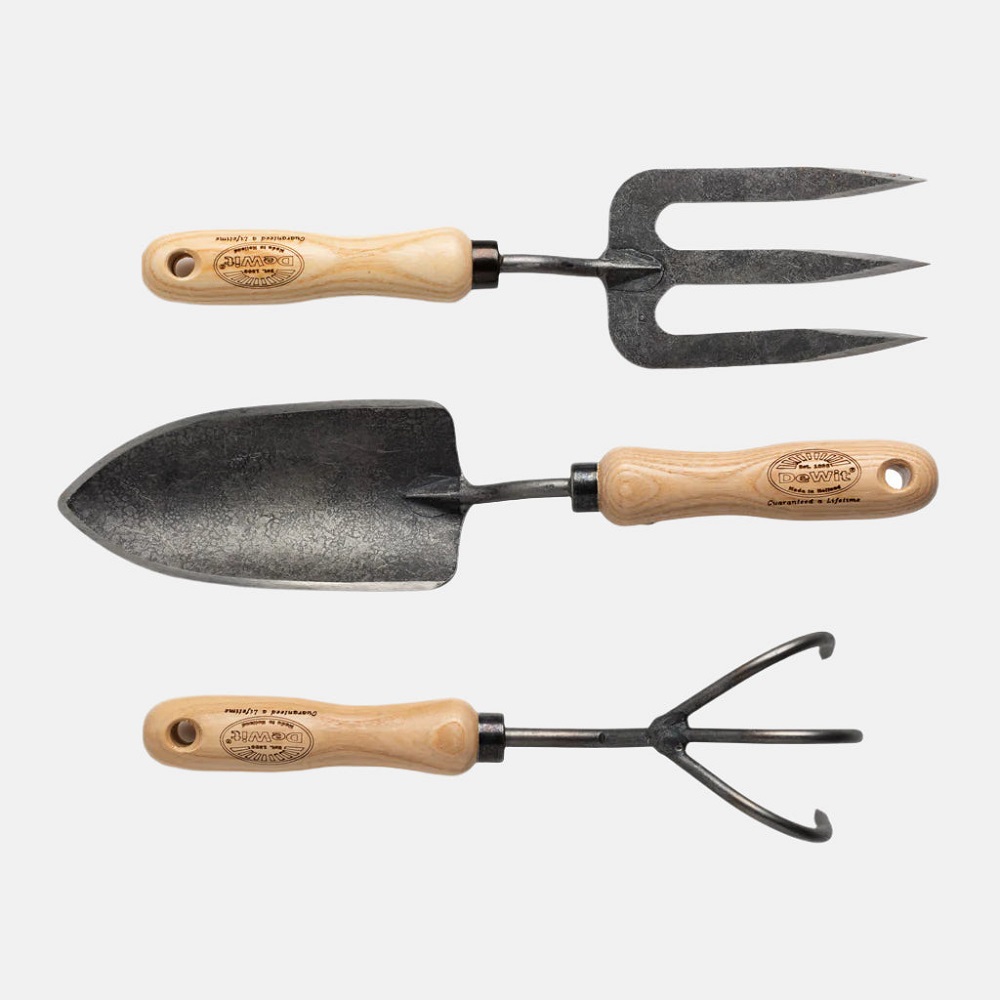
Hand Tools for Detailed Work
Essential Hand Tools
Every gardener should have a set of essential hand tools for various tasks. A trowel is perhaps the most important tool. This small hand shovel is perfect for digging holes for plants, transferring soil, or weeding. A sturdy trowel with a comfortable grip can significantly impact planting efficiency.
Pruners are another must-have hand tool. These cutting tools are essential for maintaining plants by trimming branches and removing dead foliage. Bypass pruners are often recommended, as they provide a clean cut, minimizing damage to the plant. Ensure that the pruners fit comfortably in your hand and are easy to operate.
Additionally, consider investing in a hand rake or hoe for tasks like breaking up soil and managing weeds. These tools allow for precise work in smaller areas, providing better control and accuracy compared to larger tools. Having a collection of high-quality hand tools will enable you to tackle detailed gardening tasks effectively.
Specialized Hand Tools
In addition to essential hand tools, there are many specialized options that can make gardening tasks easier. A soil knife is a versatile tool that combines a trowel and a serrated knife. It allows gardeners to dig, cut, and divide plants with ease. This tool is particularly helpful for establishing new planting beds.
Weeding tools, such as a hand weeder or a circular weeder, can assist in removing unwanted plants without disturbing the surrounding soil. These specialized tools are designed to eliminate weeds efficiently while keeping your garden healthy. The investment in specific hand tools can make maintaining a beautiful garden easier and more efficient.
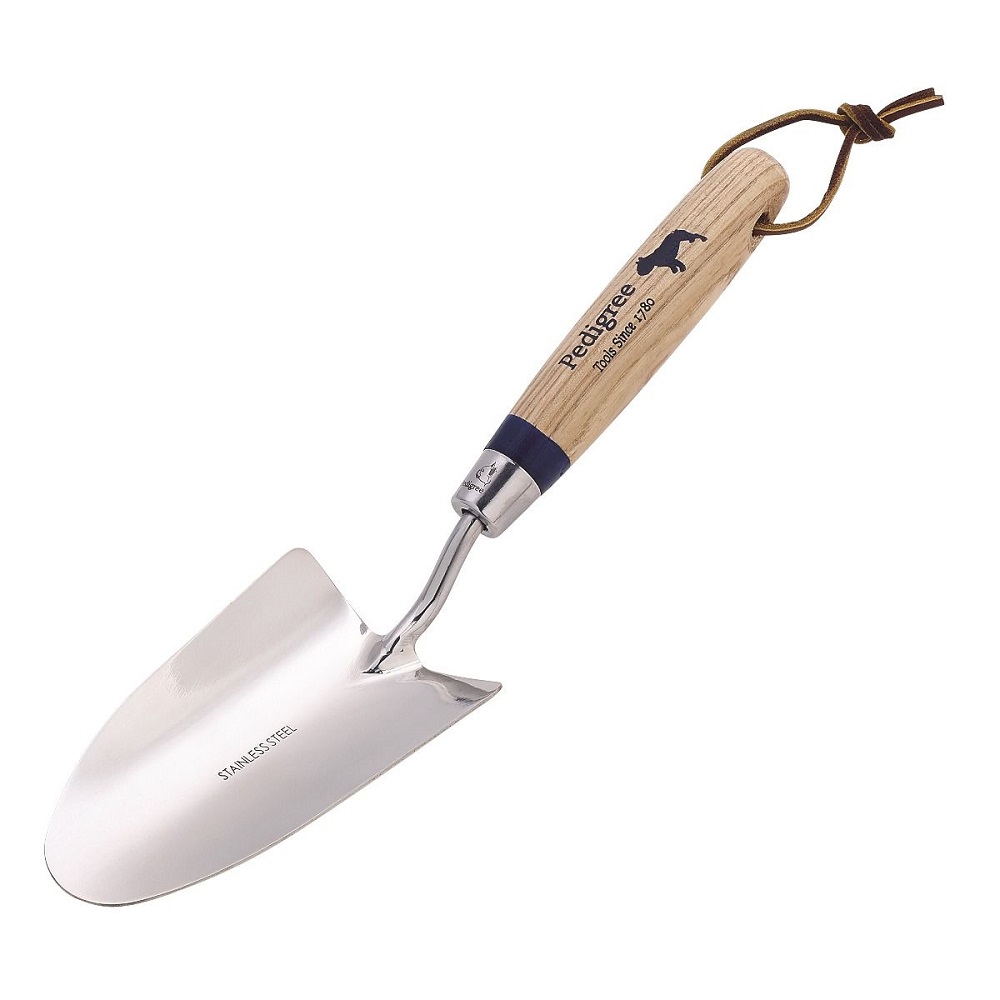
Larger Tools for Heavy Work
Making the Right Choice
When it comes to larger gardening tasks, selecting the right tools is essential for success. Shovels are crucial for digging and moving soil or compost. When choosing a shovel, consider the height of the handle and the shape of the blade. A long-handled shovel allows for easier weight transfer while digging, while wider blades can scoop larger amounts of material at once.
Rakes are also indispensable tools for gardeners. They can be used for leveling soil, gathering leaves, or breaking up clumps of dirt. When selecting a rake, look for one with durable tines that fit your intended use—metal rakes are ideal for tasks that require strength, while plastic rakes are suitable for lighter jobs like gathering leaves.
Hoes are key tools for cultivating soil and managing weeds. A traditional hoe features a sharp blade that easily slices through soil. Look for ergonomic models that allow for comfortable use. These larger tools help prepare garden beds for planting and ensure that weeds are effectively managed.
Storing and Maintaining Larger Tools
The maintenance and storage of larger tools can significantly impact their lifespan. After each use, clean them thoroughly to remove soil and debris. This practice prevents rust and deterioration, especially for metal tools. Store them in a dry location, hanging when possible, to keep them out of the elements.
Regular maintenance, such as sharpening blades and tightening screws, ensures that tools function correctly for long periods. Investing time and effort into caring for your larger gardening tools can lead to better performance and longer usability. A well-maintained tool not only looks better but also works more effectively in the garden.
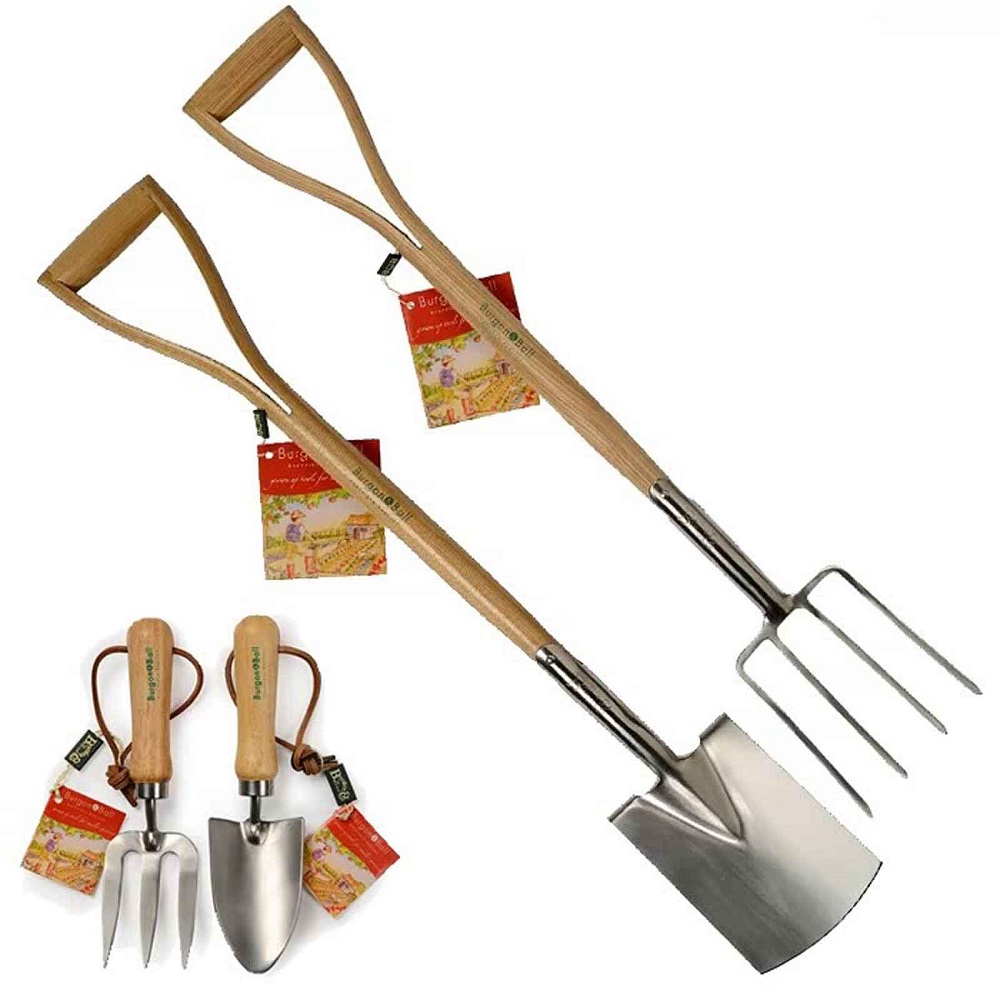
Specialty Tools for Unique Tasks
Exploring Specialty Tools
Aside from standard gardening tools, specialty tools can enhance efficiency and make certain tasks easier. For instance, a garden fork allows for aerating soil and turning compost more efficiently. This tool is especially useful for breaking up hard soil and enhancing drainage in garden beds. When selecting a garden fork, look for one with sturdy construction and comfortable grips.
Another important tool for some gardeners is a wheelbarrow or garden cart. This tool makes transporting soil, plants, or tools around the garden much easier. When choosing a wheelbarrow, consider the size and weight capacity, ensuring it meets your gardening needs. A sturdy, reliable cart will help you move larger loads without straining your back.
Drip irrigation systems and garden hoses equipped with watering wands or sprayers are essential for keeping plants healthy and hydrated. These tools help ensure that water reaches the roots where it is needed most, reducing waste and promoting healthy growth. Assess your watering needs and determine the best tools to deliver moisture efficiently.
Investing in Quality Specialty Tools
As with any gardening tool, the quality of specialty tools matters. Quality products not only make tasks easier but also save time during the gardening process. Investing in reliable, durable specialty tools can lead to improved results while working in the garden. Look for tools made from high-quality materials that offer longevity. Taking the time to research and select the best options can significantly elevate your gardening experience.
Eco-Friendly Tools
The Benefit of Sustainable Gardening Tools
As the conversation around environmental consciousness grows, many gardeners are exploring eco-friendly tools. Using sustainable materials is a way to reduce your environmental footprint while gardening. Companies are now producing tools made from recycled plastics, bamboo, or responsibly sourced wood. These options not only minimize waste but also support sustainable practices.
Opting for eco-friendly tools can also influence your gardening practices. Many sustainable options focus on composting, soil health, and organic gardening methods. By investing in these tools, you not only support the environment but also promote healthy gardening practices that yield positive results.
Finding Eco-Friendly Options
When exploring eco-friendly gardening tools, read labels and research companies to understand their practices. Look for certifications that indicate sustainable materials. Many gardening retailers now offer sections specifically dedicated to eco-friendly products. Shopping with intention allows you to align your gardening endeavors with your values.
Support brands committed to environmental stewardship and sustainable practices. By choosing eco-friendly tools, you contribute positively to the planet while enjoying the fruits of your labor in the garden.
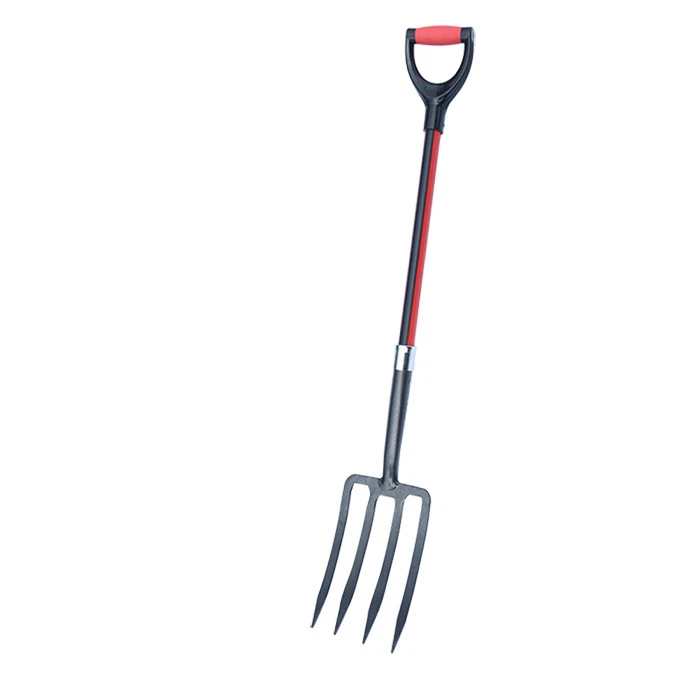
Safety Considerations
Using Tools Safely
Safety should always be a priority when using gardening tools. Before beginning any task, ensure you have the proper equipment and a clear understanding of how each tool works. Read the instructions for new tools and follow any safety guidelines provided. Reliable usage of tools will help prevent injuries and accidents in the garden.
Use appropriate protective gear, such as gloves and safety goggles, especially when handling power tools or sharp instruments. Gloves protect your hands from cuts and blisters, while goggles safeguard your eyes from flying debris. Familiarizing yourself with safe practices contributes to a positive gardening experience for everyone involved.
Storing Tools Properly
In addition to safe operation, proper storage of your gardening tools is vital for safety. After each use, always return tools to their designated storage area. Keeping tools organized reduces the risk of accidents, such as tripping over misplaced items. A well-organized shed or garage offers a safe environment for both your tools and yourself.
If children are present, ensure that tools are kept out of reach or properly secured. Educating young family members about the importance of tool safety will help them respect your gardening tools and stay safe during outdoor activities. Setting clear boundaries and emphasizing safety creates a nurturing atmosphere where gardening can be enjoyed by all.
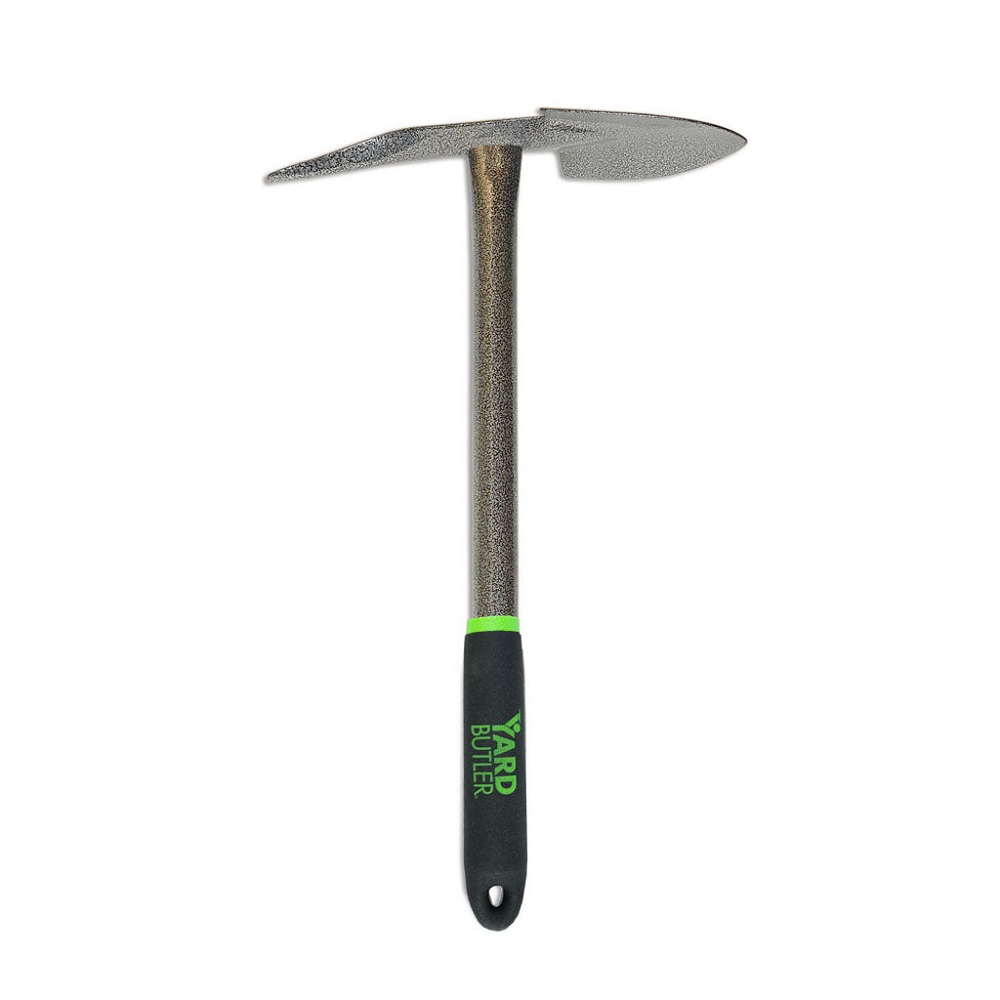
Conclusion
Choosing the right garden tools is essential for any enthusiast seeking to cultivate a beautiful space. From hand tools for precision tasks to larger equipment for heavy work, each tool plays a unique role in your gardening arsenal. Understanding your specific needs, preferences, and gardening styles can significantly enhance your effectiveness.
Additionally, embracing eco-friendly tools, practicing proper safety measures, and performing regular maintenance contribute to a satisfying gardening experience. By selecting quality tools that match your gardening practices, you can enjoy a productive and flourishing garden.
As you navigate your gardening journey, remember to have fun along the way. Gardening is a stress-relieving activity that fosters creativity and connection to nature. Investing in the right tools will empower you to create the garden of your dreams while enjoying the entire process. Happy gardening!
